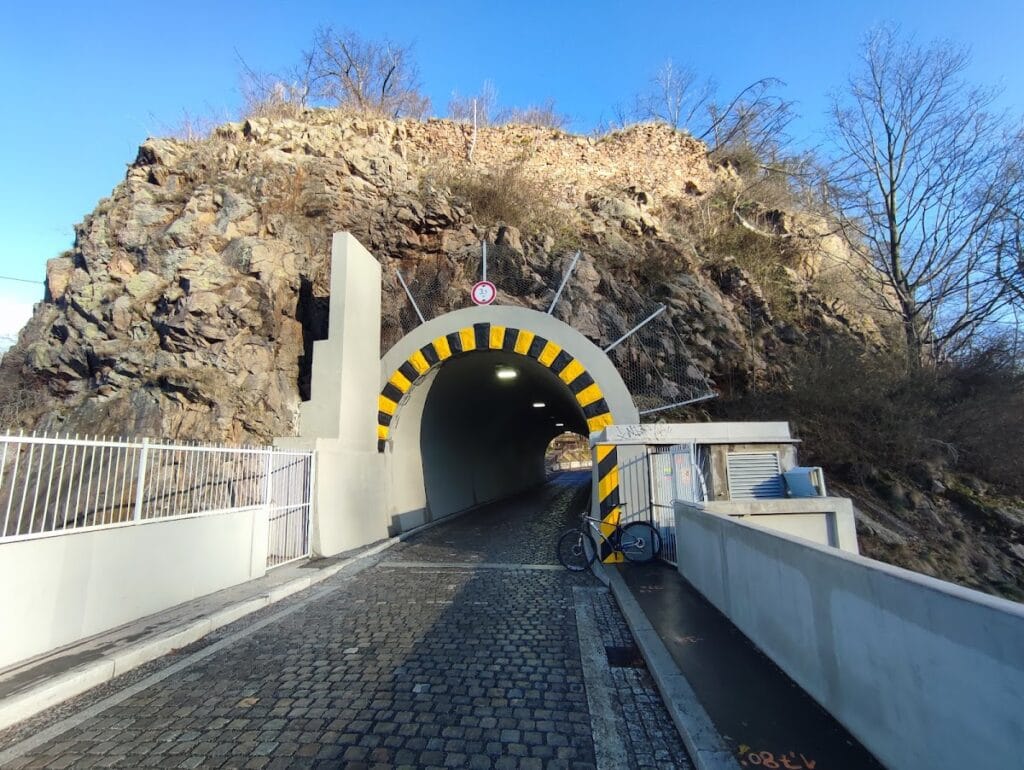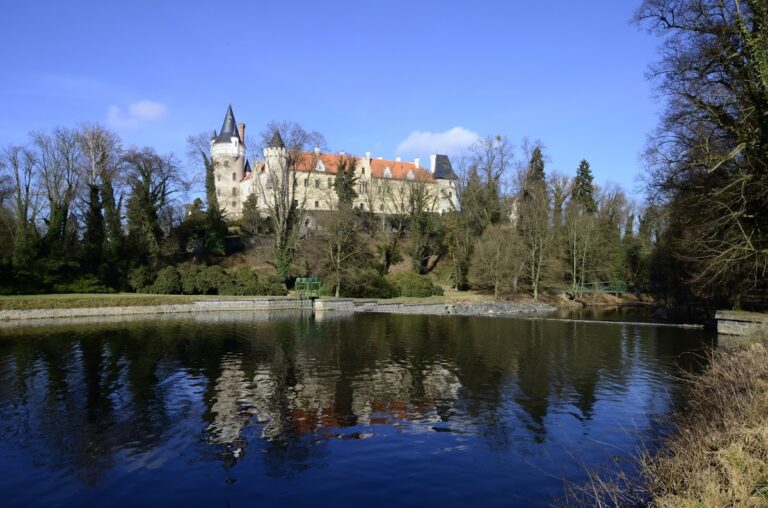Vildštejn Castle: A Medieval Fortress in the Czech Republic
Visitor Information
Google Rating: 4.2
Popularity: Low
Google Maps: View on Google Maps
Country: Czechia
Civilization: Medieval European
Remains: Military
History
Vildštejn Castle is located in the municipality of Seč within the present-day Czech Republic. It was constructed by the medieval Bohemian nobility during the mid-13th century, with the earliest written record appearing in 1251. The castle’s probable founder was Hrabiše of Paběnice, an early documented owner who continued to appear in records into the early 14th century. His family maintained local influence, demonstrated by his sons’ return of the nearby Oheb hill to a monastery in 1348, indicating an active engagement with religious institutions.
By the late 14th century, ownership had shifted to Hrabiše of Vildštejn (1382), followed closely by Beneš, who acted as the castle’s castellan in 1383. The early 15th century saw Ješík of Popovec control Vildštejn from 1404 until 1411, during which time the castle served as a base for attacks on neighboring estates. After Ješík’s death, the castle’s possession reverted to King Václav IV, reflecting the shifting political allegiances of the period.
Throughout the tumultuous years of the Hussite Wars, Jan Hertvík of Rušínov held the fortress until 1427. In 1436, King Sigismund granted Vildštejn to Jiřík of Dubá and Vízmburk. This nobleman integrated the castle into the larger Žleby estate, an event that initiated its decline as it ceased to function as an independent stronghold. The decline deepened when King Vladislav II transferred ownership in 1499 to Mikuláš the Younger Trčka of Lípa, who linked Vildštejn to the Lichnice estate.
Subsequent proprietors included the Záruba family from 1596 and, in 1623, František de Couriers, who incorporated the castle into the estate of Nasavrky. By the middle of the 15th century, however, the fortress had been abandoned and had fallen into ruin. The castle’s remaining large keep stood until 1840, when it was dismantled. In the early 20th century, the construction of the Seč reservoir below the ruins, between 1924 and 1934, significantly altered the landscape around Vildštejn, with modern infrastructure such as a 30-meter tunnel for the road II/343 cutting beneath the castle rock.
Remains
Vildštejn Castle was originally built of stone atop a rocky outcrop overlooking the valley of the Chrudimka River. Its location on a cliff provided natural defense, with access limited to a steep saddle on the north side. This entrance was further secured by wooden stairs and ladders, emphasizing the difficulty of approaching the fortress.
The castle’s central structure was a tower-like palace with an irregular ground plan. The lower floor served practical uses such as storage and supporting economic activities, while the upper floor was designed for residential purposes, housing the lord of the castle. South of this main building, an additional structure was present, likely serving auxiliary functions for the castle’s inhabitants. The entire complex was safeguarded by defensive walls known as ramparts, following the contours of the cliff edges to maximize protection.
Today, only fragments of the original construction remain. Among the most notable surviving elements are parts of a bastion, which is a projecting section of fortification, and the ruins of a tower featuring a Gothic-style window. However, some portions of the tower were lost during the 1920s and 1930s due to the construction activities related to the Seč dam and the road tunnel running beneath the castle. The site’s remains rest high above the dam of the Seč reservoir, with the modern road tunnel passing directly underneath the rock upon which the castle once stood.







